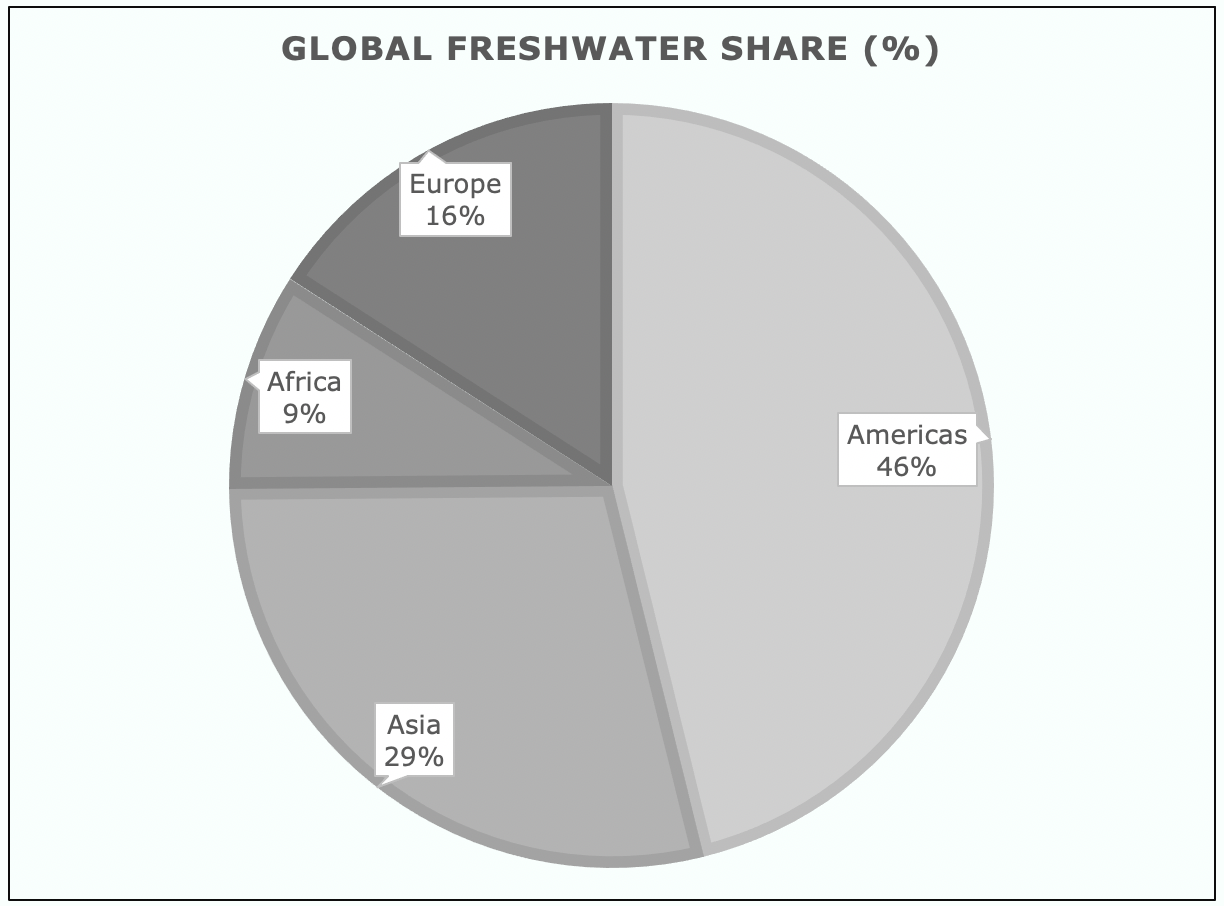Introduction
Hi there and welcome to my blog about water and food in Africa!
I am Nasir, and this blog will be a series of posts about a topic of great importance; water and food in Africa. This blog will explore how water plays a central role in food production and the challenges that Africa faces. Given the complexities of Africa's physical and human characteristics, this blog will focus on carefully selected examples such as Ethiopia, Libya, Algeria and Egypt. Using these examples, I will explore how these countries have approached their situation, how practical their approaches have been and what we can learn from them.
Africa’s thirst for water:
Undeniably, surface and groundwater are imperative for several reasons such as basic sanitation, drinking water and also industrial use. However, in Africa’s context, a stable supply of water is crucial to support the continent’s economy and its rapidly growing population (Adams 1994 cited in Thompson and Hollis 1995). However, despite the unprecedented demands for water, Africa still has the most varied water availability globally. Data seen in figure 1 cited in Gaye and Tindimugaya (2019) suggests that Africa only equates to 15.5% of the world's freshwater. However, this freshwater availability is incredibly uneven with some regions in Africa having more water than others; owing to the continent’s varying seasonality and physical characteristics. Henceforth, this uneven distribution of water has meant only 4% of arable land in Africa has been irrigated according to Giordano (2005), limiting Africa's ability to develop a stable domestic food, alleviate poverty and drive economic growth.
 |
Inevitably, the imbalance between a growing population and limited water to irrigate crops poses significant threats to Africa and its food security. Current projections suggest there will be continued weather extremes, with rainfall and droughts being more prolonged and more intense (Conway et al. 2009; Allan and Soden 2008). Therefore, Africa must seek effective adaptation strategies that can enable them to increase food production and sustain its ever-growing population. Arguably, it is more important than ever to investigate why water availability is uneven in Africa due to climate change and population growth. Hence it is in the best interest of many African nations to critically assess their options and recognise what solutions can be taken to circumvent a future famine. Though there is no one size fits all approach to addressing Africa's plight. Could they tap into long-term groundwater stores? Or could they invest in state-of-the-art infrastructures? There are many complexities associated with Africa's situation; hence, addressing food and water must be carefully considered. Over the next weeks, I hope to explore water's role in Africa's food production, current debates surrounding this topic, challenges the continent is facing, and some of their potential solutions. So, I hope you enjoy reading my future posts!

Great introduction on your topic and what you intend to focus on in the future posts. Take a quick look at the FAQs (Task 1.1) to see how to reference in the text. The FAQs explain how to use a hyperlink. When using hyperlinks, there is no need to use a reference list.
ReplyDeleteI really like your image - it is clear and shows exactly what you mean re limited water resources.
In future think about ways you could write as concisely as possible and perhaps use shorter paragraphs. This will make your posts more accessible.
(GEOG0036 PGTA)
Captivating introduction! You have summarised well the need to focus on famine and food in Africa's development approach. I look forward to the next posts!
ReplyDeletereally great introduction. you were clear and you image really showed your point clearly.
ReplyDelete